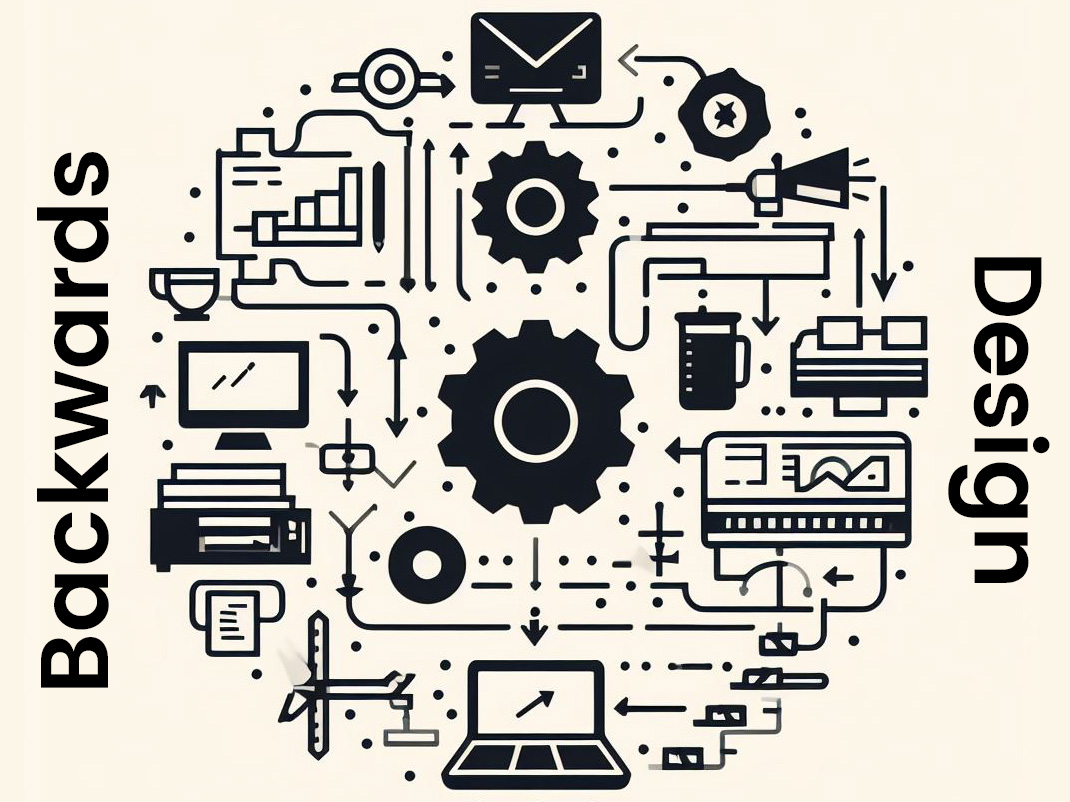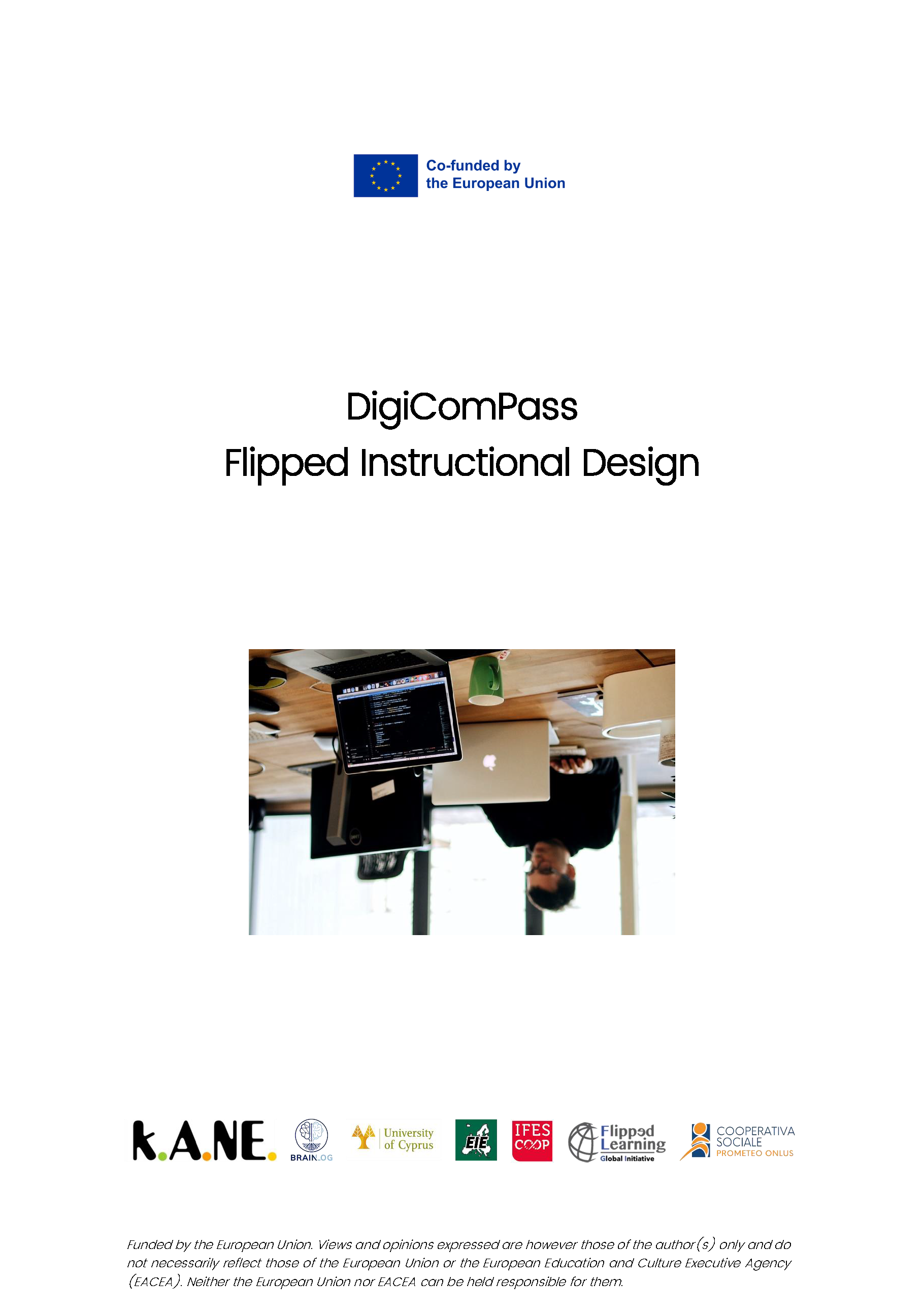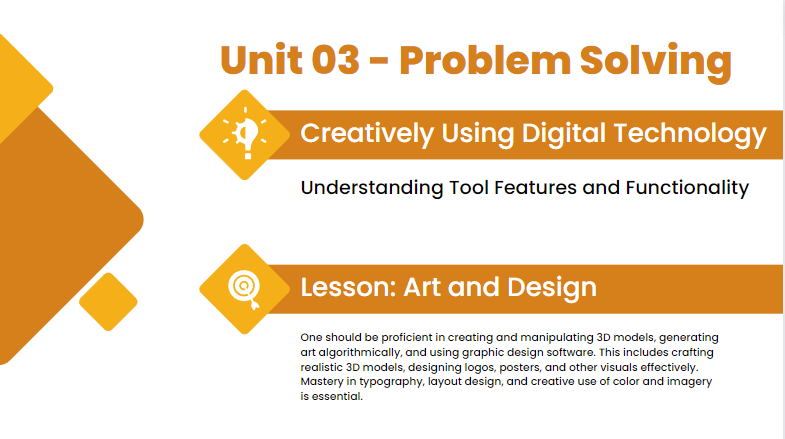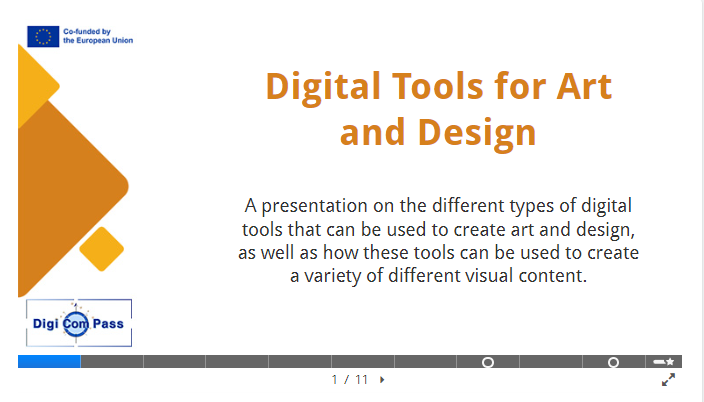
Backwards Design
Backwards design is an instructional design approach that starts with the desired learning outcomes and works backwards to develop the learning experiences and assessments. This approach is based on the principle that the best way to ensure that learners achieve the desired learning outcomes is to start by defining those outcomes clearly, and then design Read More …









